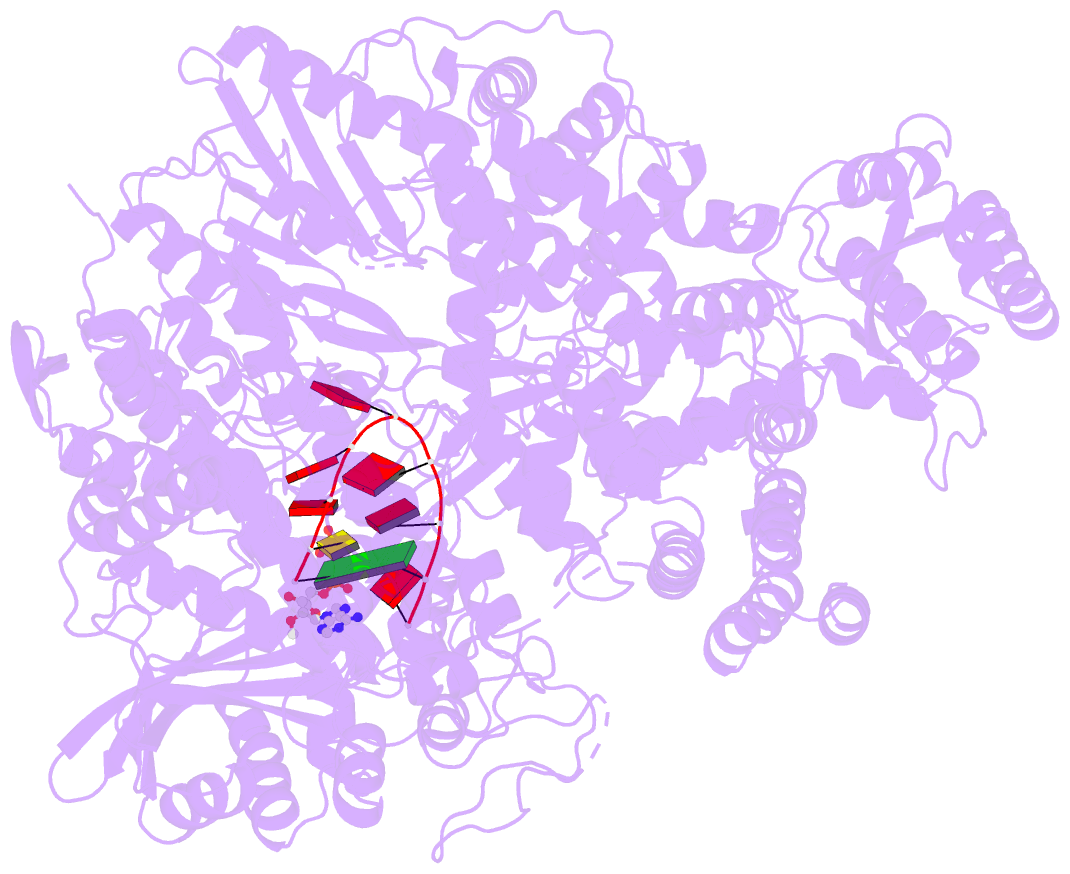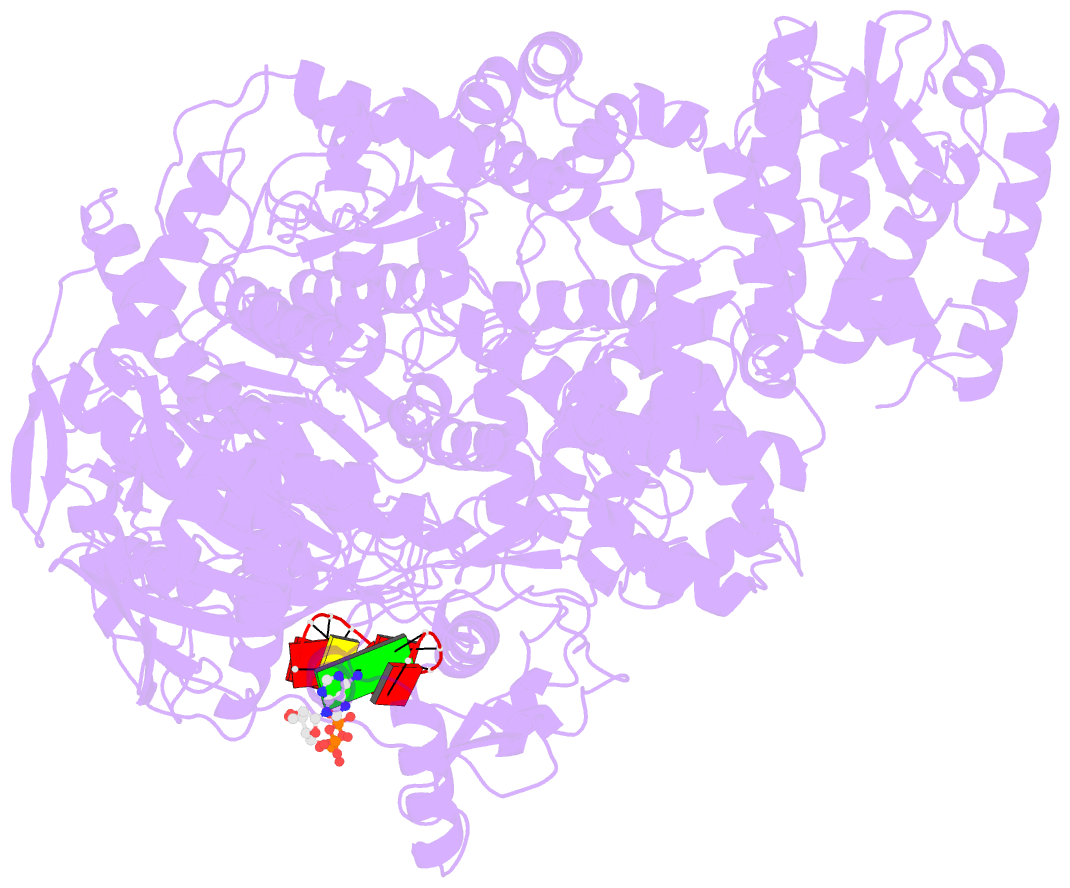Summary information and primary citation
- PDB-id
-
8z98;
SNAP-derived features in text and
JSON formats
- Class
- transcription
- Method
- cryo-EM (2.52 Å)
- Summary
- cryo-EM structure of thogoto virus polymerase in a
transcription reception conformation
- Reference
-
Xue L, Chang T, Li Z, Wang C, Zhao H, Li M, Tang P, Wen
X, Yu M, Wu J, Bao X, Wang X, Gong P, He J, Chen X, Xiong
X (2024): "Cryo-EM
structures of Thogoto virus polymerase reveal unique RNA
transcription and replication mechanisms among
orthomyxoviruses." Nat Commun,
15, 4620. doi: 10.1038/s41467-024-48848-3.
- Abstract
- Influenza viruses and thogotoviruses account for most
recognized orthomyxoviruses. Thogotoviruses, exemplified by
Thogoto virus (THOV), are capable of infecting humans using
ticks as vectors. THOV transcribes mRNA without the
extraneous 5' end sequences derived from cap-snatching in
influenza virus mRNA. Here, we report cryo-EM structures to
characterize THOV polymerase RNA synthesis initiation and
elongation. The structures demonstrate that THOV RNA
transcription and replication are able to start with short
dinucleotide primers and that the polymerase cap-snatching
machinery is likely non-functional. Triggered by RNA
synthesis, asymmetric THOV polymerase dimers can form
without the involvement of host factors. We confirm that,
distinctive from influenza viruses, THOV-polymerase RNA
synthesis is weakly dependent of the host factors
ANP32A/B/E in human cells. This study demonstrates varied
mechanisms in RNA synthesis and host factor utilization
among orthomyxoviruses, providing insights into the
mechanisms behind thogotoviruses' broad-infectivity
range.





